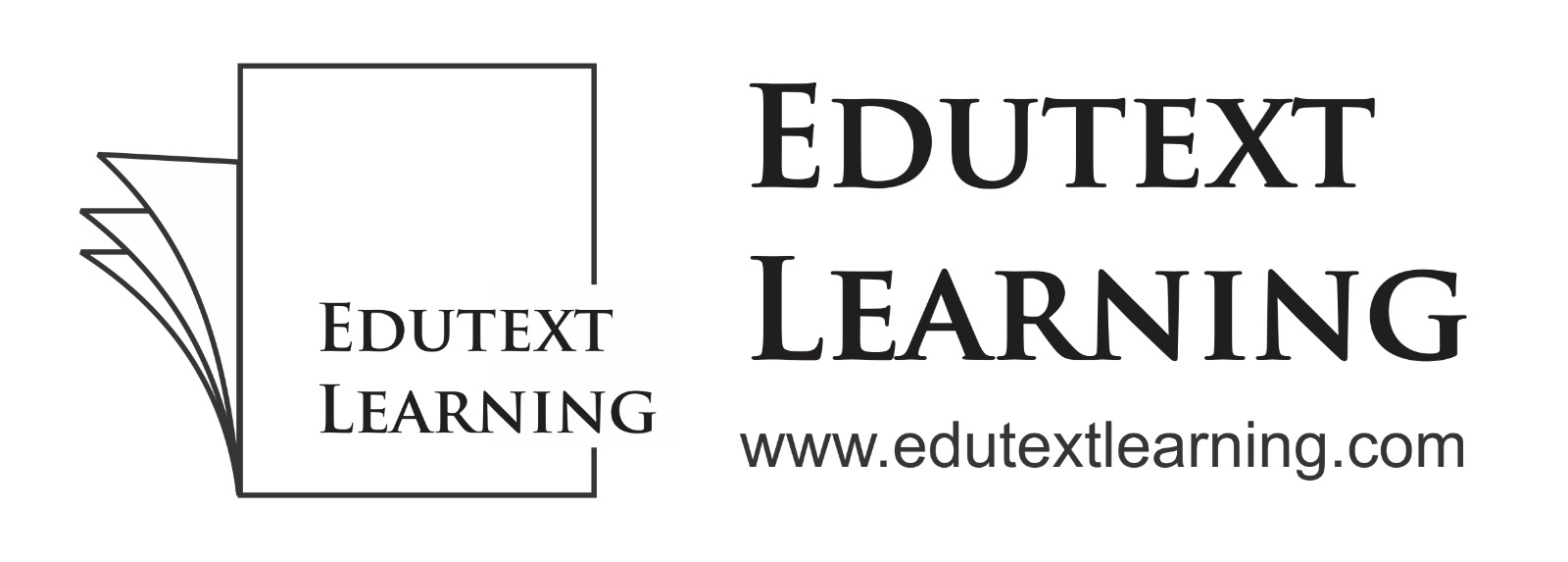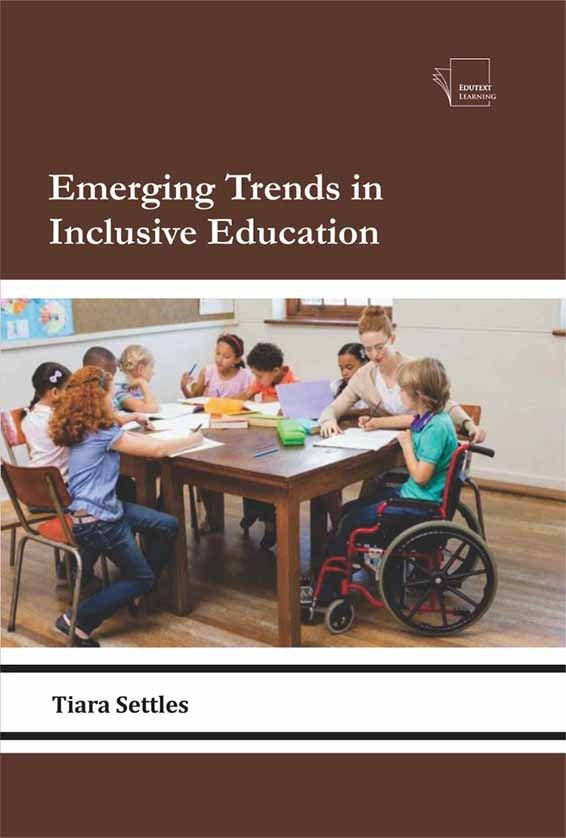Inclusive education differs from previously held notions of integration and mainstreaming, which tended to be concerned principally with disability and ‘special educational needs’ and implied learners changing or becoming ‘ready for’ or deserving of accommodation by the mainstream. child’s right to participate and the school’s duty to accept the child. Inclusion rejects the use of special schools or classrooms to separate students with disabilities from students without disabilities. A premium is placed upon full participation by students with disabilities and upon respect for their social, civil, and educational rights. Inclusion gives students with disabilities skills they can use in and out of the classroom. Students in an inclusive classroom are generally placed with their chronological age-mates, regardless of whether the students are working above or below the typical academic level for their age. Another common practice is the assignment of a buddy to accompany a student with special needs at all times. This is used to show students that a diverse group of people make up a community, that no one type of student is better than another, and to remove any barriers to a friendship that may occur if a student is viewed as “helpless.” Such practices reduce the chance for elitism among students in later grades and encourage cooperation among groups. Educators generally say that some students with special needs are not good candidates for inclusion. This key text introduces readers to the underlying knowledge and wider complexities of inclusion and explores how this can relate to practice. Considering inclusion as referring to all learners, it surveys the concept of inclusive practice in its broadest sense and examines its implementation in a variety of educational institutions.



















